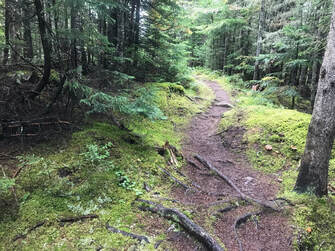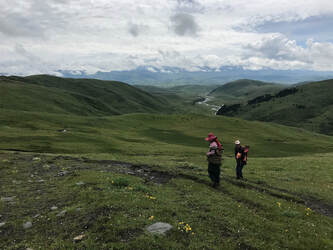APERÇU
La modélisation a pour principal objectif l’élaboration d’outils servant à mieux comprendre les incidences des différentes options de gestion des paysages. Nos principaux paysages fonctionnels ont des moteurs, des services, des interactions et des bénéficiaires différents, mais nous mettons au point des méthodes communes pour composer avec les aspects fondamentaux de la complexité des écosystèmes et documenter les bénéfices sociaux des flux des services écosystémiques. Ce sont des notions souvent absentes des modèles et des cadres actuels de services écosystémiques.
DÉFIS POUR LA MODÉLISATION
|
|
|
CONCEPTS CLÉS
• Complexité des écosystèmes • Systèmes socioécologiques et couplage humain-systèmes naturels • Dépendance aux services écosystémiques OBJECTIFS DE RECHERCHE
RÉSULTATS ATTENDUS Nous créerons :
|
POUR LES QUESTIONS DE RECHERCHE :
Brian E. Robinson, McGill University
[email protected] - 514-398-3453 - site internet - twitter:@brianer
[email protected] - 514-398-3453 - site internet - twitter:@brianer
CHEFS DE L’ÉQUIPE DU THÈME 2
L’ÉQUIPE DU THÈME 2
ORGANISATION PARTENAIRE
PUBLICATIONS EN VEDETTE
En attendant, consultez notre bibliothèque Zotero.
Bientôt Disponible!













